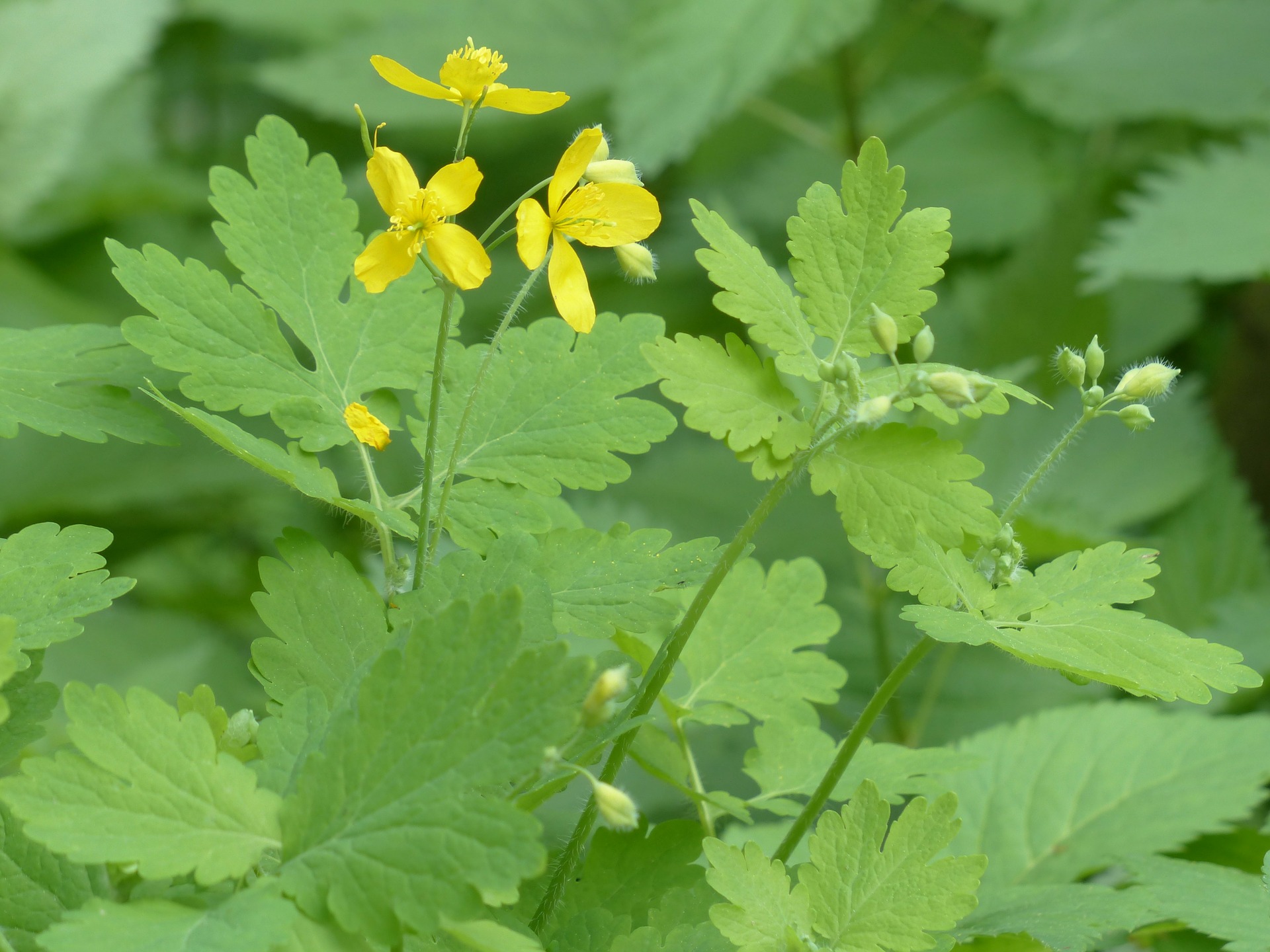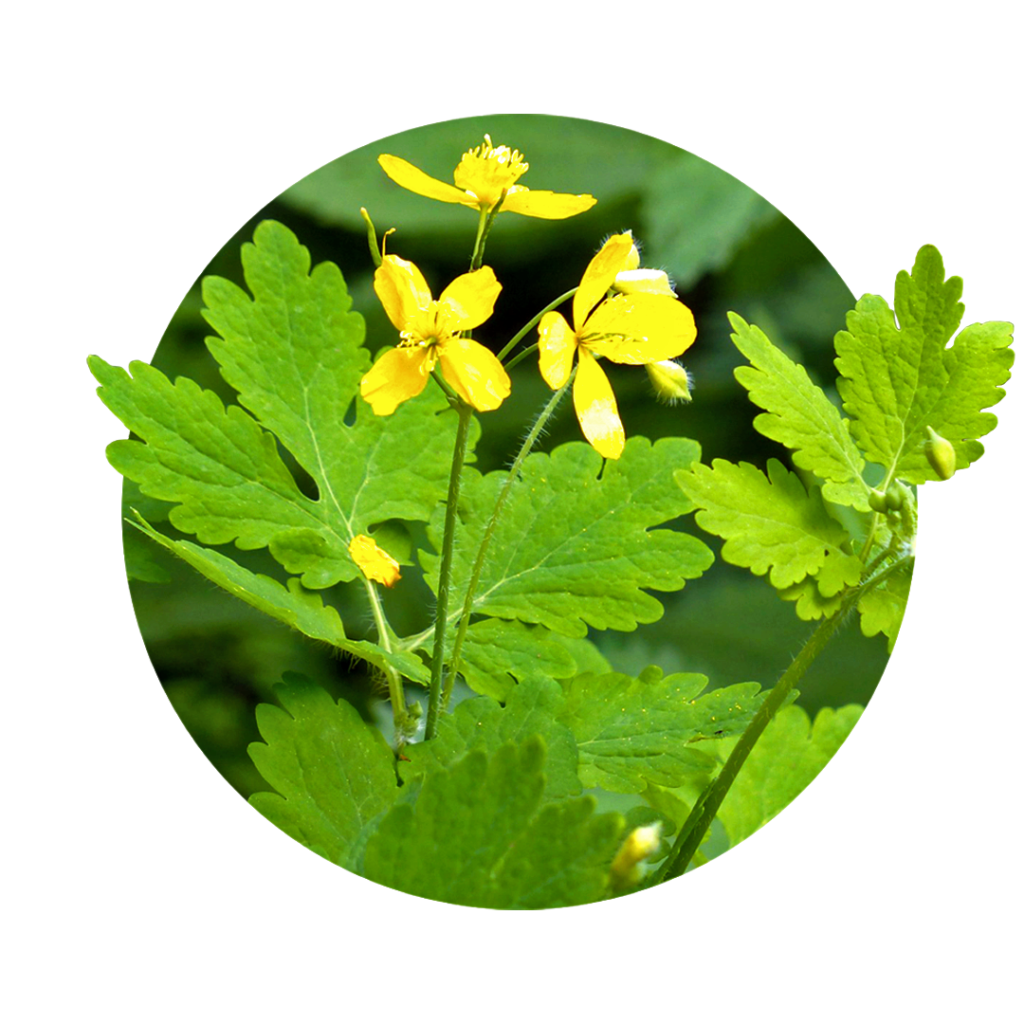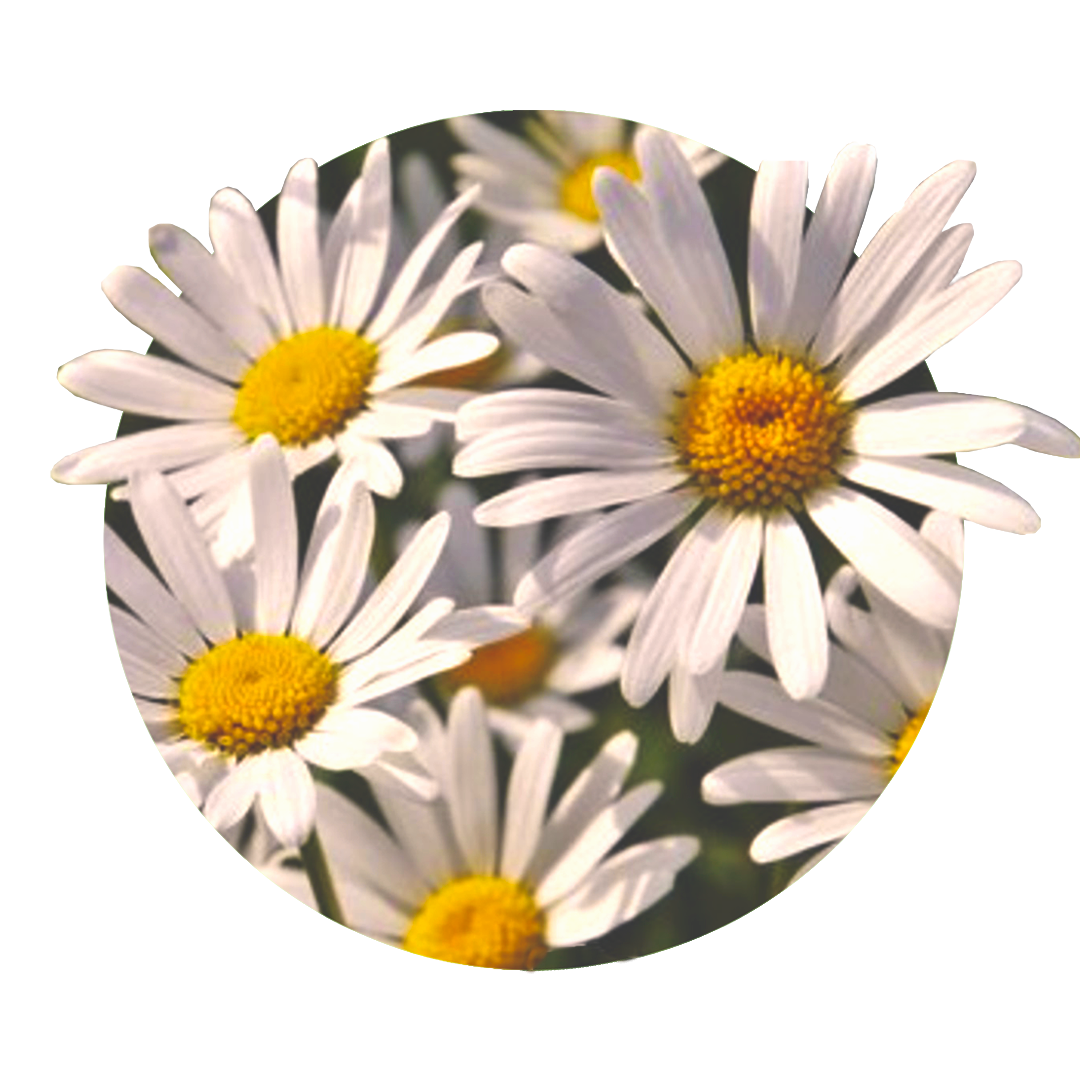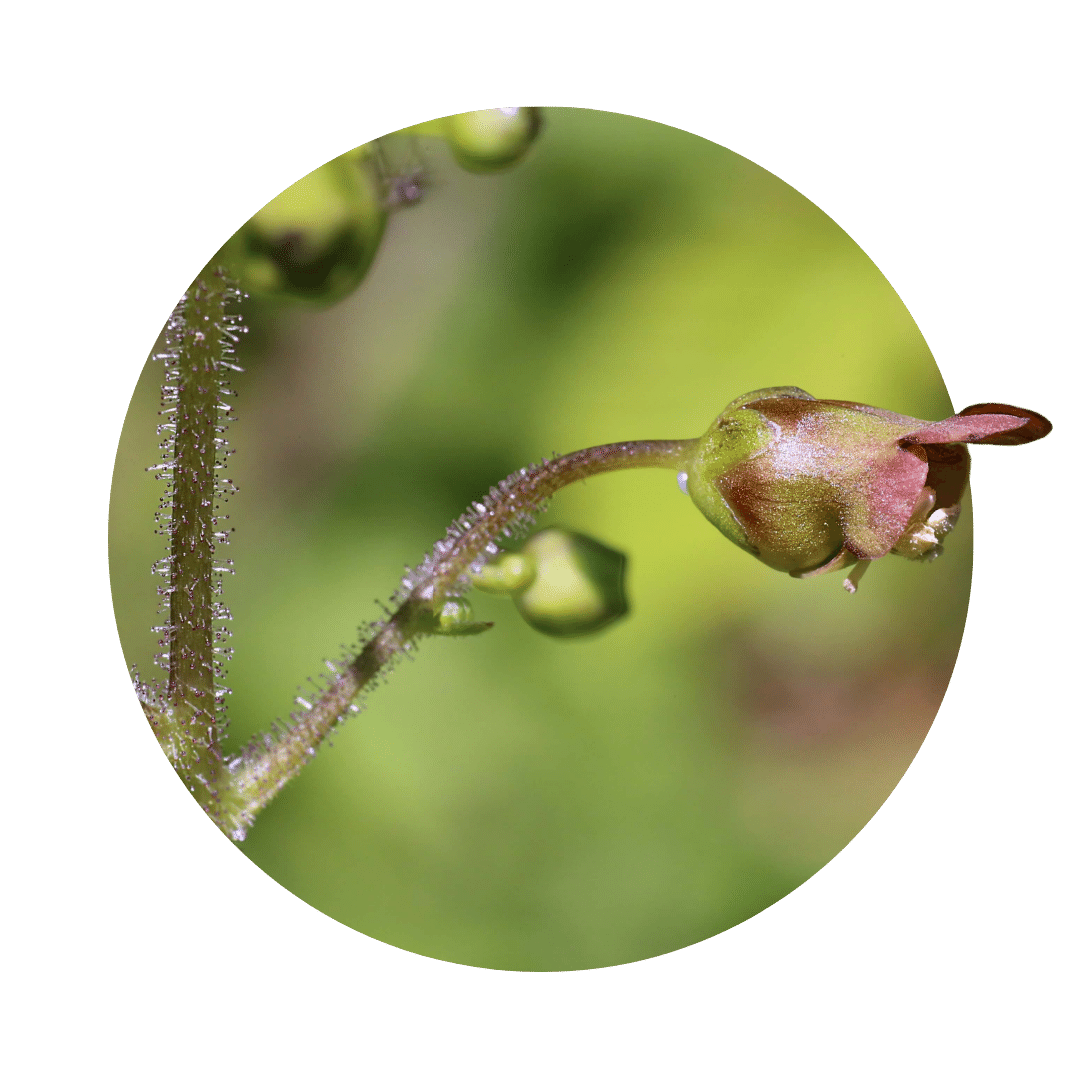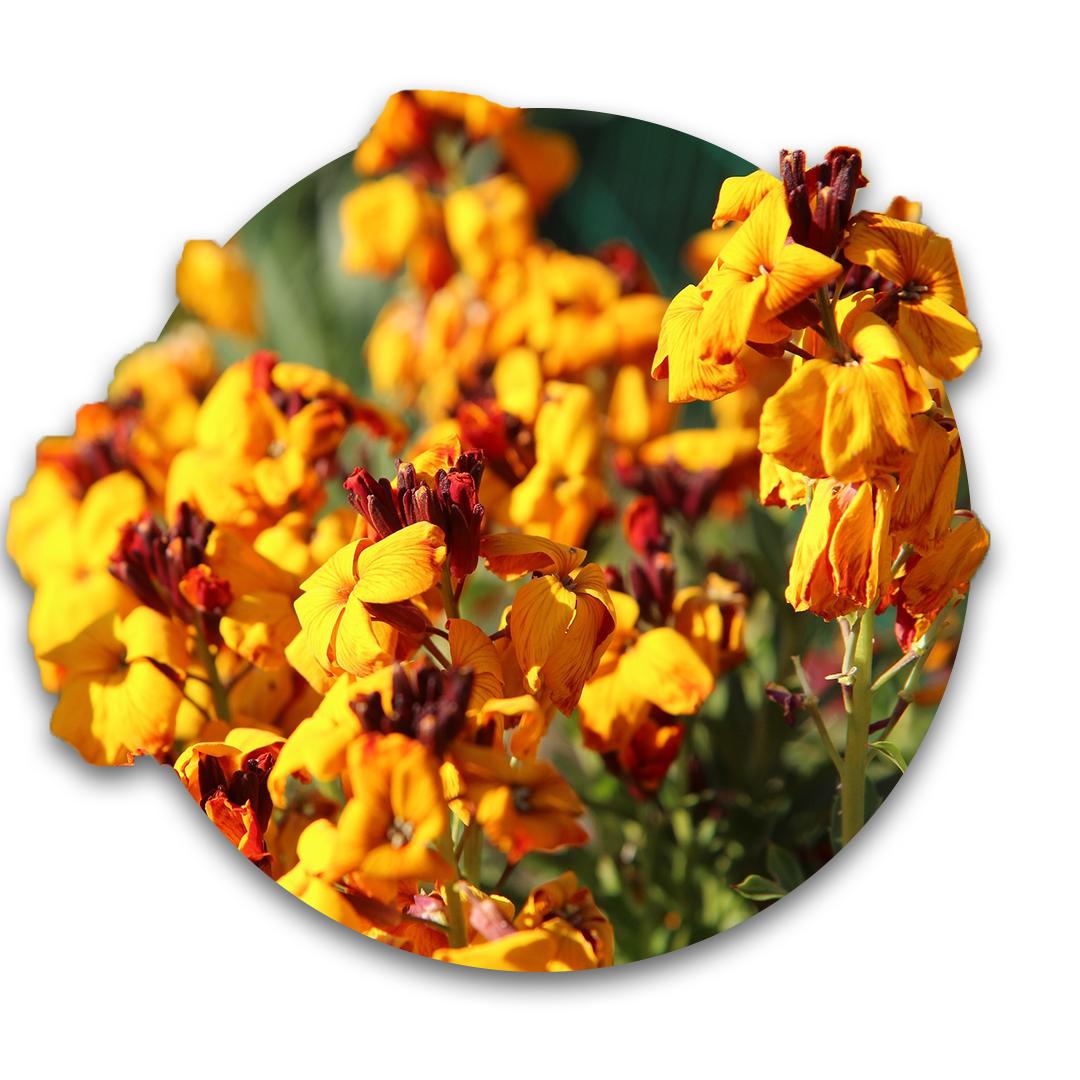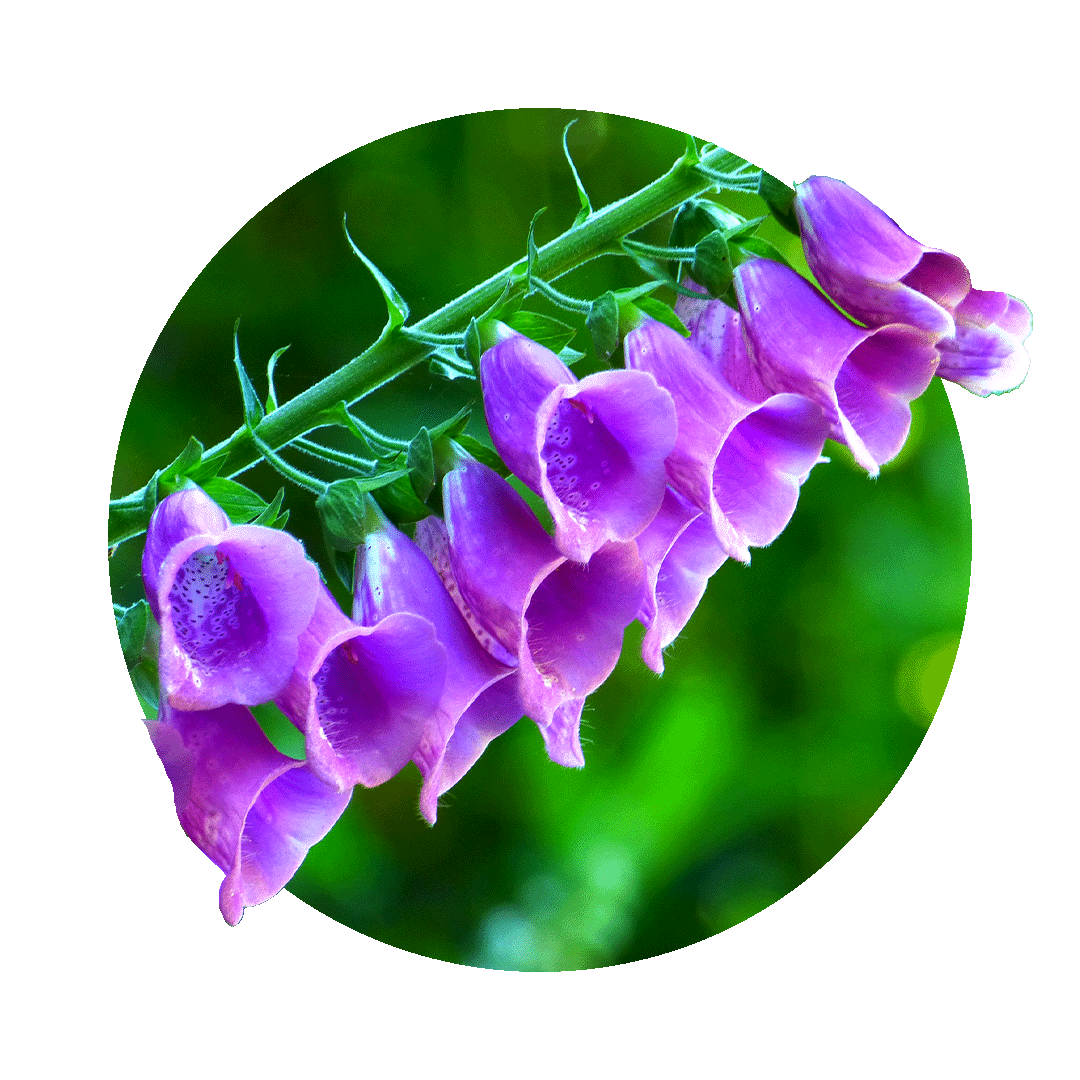Celandine: The "weed" as a medicinal plant
Celandine is a very widespread plant in our country, which is everywhere by the wayside. It is bright and friendly in appearance with its yellow flowers and is often confused with buttercups. It is clearly one of the great medicinal plants we have. For liver-biliary disorders, celandine is a true gift of nature. In folk medicine, however, it has made a career as a wart herb, as the milky-yellow juice is traditionally used to treat warts.
Facts about celandine
Did you know that...
... the seeds of celandine are also spread by ants?
... celandine was imported to the USA by settlers because they grew it to treat skin diseases?
... celandine was already used in the Middle Ages for abdominal cramps?
What is celandine?
Celandine is a herbaceous plant that grows up to 70cm high and is a biennial to perennial. It grows widely in our country along roadsides and in wild meadows and is often confused with buttercup. When its stalks are broken off, a yellowish milky, pungent sap immediately emerges, which is very irritating to the skin and has been used in folk medicine to treat warts. The whole plant contains alkaloids and is therefore poisonous, but in autumn the alkaloids are concentrated in the root of the plant, which is highly poisonous at this stage.
General and medicinal properties of Chelidonium majus
Antispasmodic
Celandine is antispasmodic. Since celandine belongs to the poppy family, it contains alkaloids that have an antispasmodic effect on the nervous system. It is used for cramps of involuntary muscles, e.g. gastrointestinal cramps. Celandine relaxes the muscles and digestion can return to normal.
Antiviral
Celandine is antiviral. The alkaloid mixture in the irritating yellow juice of celandine is antiviral and has long been used successfully for warts. You treat them affected areas externally and the skin phenomenon disappears quickly.
Bile flow stimulating
Celandine is bile flow stimulant. The alkaloids of the celandine relax the muscles of the digestive system and thus enable a normal bile flow. When enough bile returns to the intestine, the pH levels are right and the pancreatic enzymes can do their digestive work.
Chelidonium majus: Ingredients
Since Chelidonium belongs to the poppy family, it has a mix of active ingredients from various alkaloids and acts partly via the nervous system.
You can find the following ingredients in celandine
Alkaloids like:
- Berber
- Chererythan
- Chelidonin
Proteolytic enzymes:
- Flavonoids
Celandine: effect for body and mind
Celandine is a plant that brings everything into flow. It relaxes, stimulates and decongests. Its active ingredients have a significant effect on both the digestive system and the nervous system. The two systems are antagonistic to each other, and Chelidonium serves to stimulate the digestive pole and relax it so that it can do its job. Because Chelidonium both stimulates the liver to produce bile and relaxes the bile ducts, ensuring a flow of bile, Chelidonium is considered a particularly important liver-bile remedy. This allows the bile to flow optimally into the intestines, where it adjusts the pH levels and thus provides the basis for the digestive activity of enzymes and bacteria. Applied externally, the antiviral and antibacterial properties of celandine juice are used to combat skin conditions such as warts or other microbial rashes.
Properties of celandine
- decongesting
- antiviral
- bile flow stimulating
- relaxing
- digestive
- appetite stimulating
- anti-cancer
Fields of application in naturopathy
Due to its mixture of different active ingredients, Chelidonium has a wide range of applications, which will be presented below.
Celandine for liver and gall bladder problems
Pressure in the right upper abdomen is a characteristic sign of liver-biliary problems. It can be a sign of stones, bile duct spasms, or an overworked liver. Celandine stimulates liver activity, increases the production of bile in the liver and relaxes the bile ducts. This allows everything to drain normally, the spasms disappear and the upper abdominal pressure disappears.
Celandine for gastrointestinal complaints
Often, digestive problems such as flatulence, abdominal pain and nausea are due to the fact that not enough bile reaches the intestines. Digestion then does not work because the pH is not right and the intestinal bacteria and pancreatic enzymes can not do their job. As soon as these pH values have been regulated again by the bile, everything goes back to its usual, healthy way.

Celandine for listlessness
Many people suffer from chronic listlessness. Often this is due to a liver-gall problem. If the digestive glands function poorly, the person often feels nauseous, lacks appetite and digestion costs the person so much energy that he is constantly tired and listless. Chelidonium revives the digestive glands, stimulates the production of digestive juices and thus ensures that digestion is normalized. This allows the body to resume normal digestion and draw energy from the process. You feel fitter and more vital again.
Celandine for jaundice
There are three different types of jaundice and in two of them Chelidonium is one of the medicinal plants that can be thought of. If the liver simply produces too little bile, celandine can stimulate the liver cells to produce more bile. In addition, celandine relaxes the bile ducts so that this bile can pass well into the small intestine, where it does its work. So the way to a good digestion is clear nothing stands in the way.
Celandine for respiratory problems
Since celandine has a strong spasmolytic effect, it is often used for asthma and irritable cough. Here it relaxes the smooth muscles of the respiratory tract, which frees them up again and allows the person to breathe unhindered and the irritation of the cough disappears.
Chelidonium majus for headaches
There is a headache and migraine types that are associated with liver-bile disorders. If such a headache is present, it makes sense to stimulate the liver and get the bile flowing. Both cases involve cramps, and Chelidonium has a smooth muscle decramping effect that can clear up both related problems in this context.

Chelidonium majus for warts
Celandine contains a whole variation of different alkaloids and also flavonoids, which have an antiviral effect. In addition, its sap is irritating to the skin and slightly corrosive. This is used to treat warts by applying the yellowish fresh plant juice directly to the affected area of the skin. The active ingredients contained in it act against the viruses and the wart quickly begins to disappear, leaving behind a smooth, clean skin.
Notes on the use of celandine
In principle, celandine should only be consumed as a drug available from pharmacies. Here, mostly mother tinctures, spagyric preparations or low, homeopathic potencies (up to D8) are used. These should always be used strictly as a cure. Continuous therapy with celandine can overstimulate the liver and lead to secondary problems.
Celandine during pregnancy & lactation
Celandine should be avoided during pregnancy and lactation.
Celandine for pre-existing conditions
Celandine should be avoided in cases of known liver cirrhosis, gallstones, chronic and/or infectious hepatitis.
Discover our sprays
With natural methods such as the individual spagyric sprays from Zimply Natural, complaints can be treated and sustainably alleviated.
Use healing power of Chelidonium majus
Use the healing power of celandine and our other 100 medicinal plants for the natural relief of your ailments. Improve your well-being and support your body, mind and soul! Use our configurator to create your personal spagyric spray, which is tailored to your needs and accompanies you on your natural path to the improvement of body, mind and soul.

